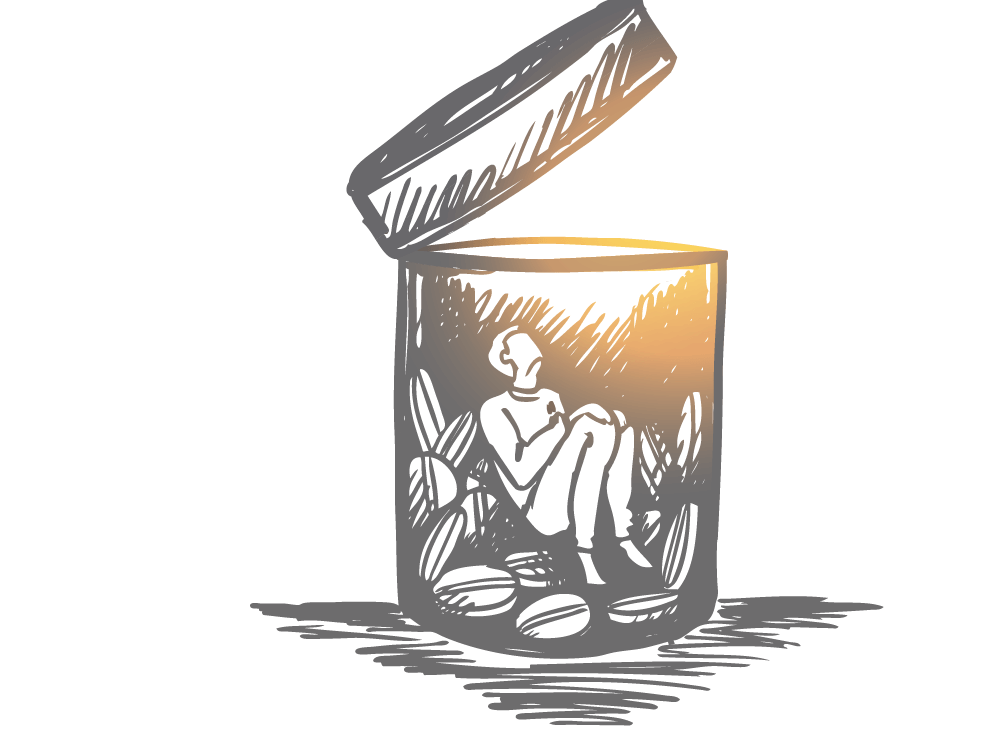Confronting the National Opioid Crisis
A Multipart Series
Introduction
Opioid abuse, now a public health crisis in the United States, presents an urgent call to action to the pharmacy community. Pharmacy schools are educating students and patients and taking steps at local and national levels to effect change.
By Jane E. Rooney
It was a record-setting year, but in the grimmest terms: Drug overdoses reached a new high in 2017, with 47,600 deaths caused by drugs such as fentanyl and heroin as well as prescription drugs, according to the Centers for Disease Control and Prevention (CDC). Deaths attributed to opioids in the United States were nearly six times greater in 2017 than they were in 1999. Opioids were involved in more than two-thirds of overdose deaths in 2017, and U.S. overdose death rates linked to synthetic opioids increased more than 45 percent from 2016 to 2017.
A report from the Office of the Surgeon General and the Substance Abuse and Mental Health Services Administration (SAMHSA) indicates that the crisis is being driven by three trends: an increase of prescription opioid overdose deaths since 1999; the fourfold increase in heroin overdoses since 2010; and the tripling death rate for synthetic opioids like fentanyl since 2013. A recent New York Times article noted that drug overdoses have contributed to a fall in life expectancy and are now the leading cause of death for adults under 55.
Despite this bleak picture, there is a glimmer of good news. Opioid prescribing was down 28 percent since it peaked at 81.3 prescriptions per year per every 100 Americans in 2012, according to a Washington Post editorial published earlier this year. CDC data show a leveling off of prescription drug deaths, which could be due to prescription drug monitoring programs. Through a series of articles in this issue, Academic Pharmacy Now will explore what is being done on the national level to address the crisis and the role academic pharmacy is playing; what research projects pharmacy schools are pursuing; and what other activities schools are engaged in to help patients and providers as well as to prepare future pharmacists to take the next steps to eradicate this epidemic.
Surveying the Landscape
To discover how involved they are and what types of activities pharmacy schools are undertaking to combat this public health crisis, AACP conducted an environmental scan from July to September 2018. Respondents submitted a summary of activities and whether any outcomes emerged (e.g., the number of students educated or patients taught, peer-reviewed papers, etc.). With 144 schools (75 percent) submitting at least one activity, AACP collected 398 activities for its final analysis, which is available at www.aacp.org/opioid.

